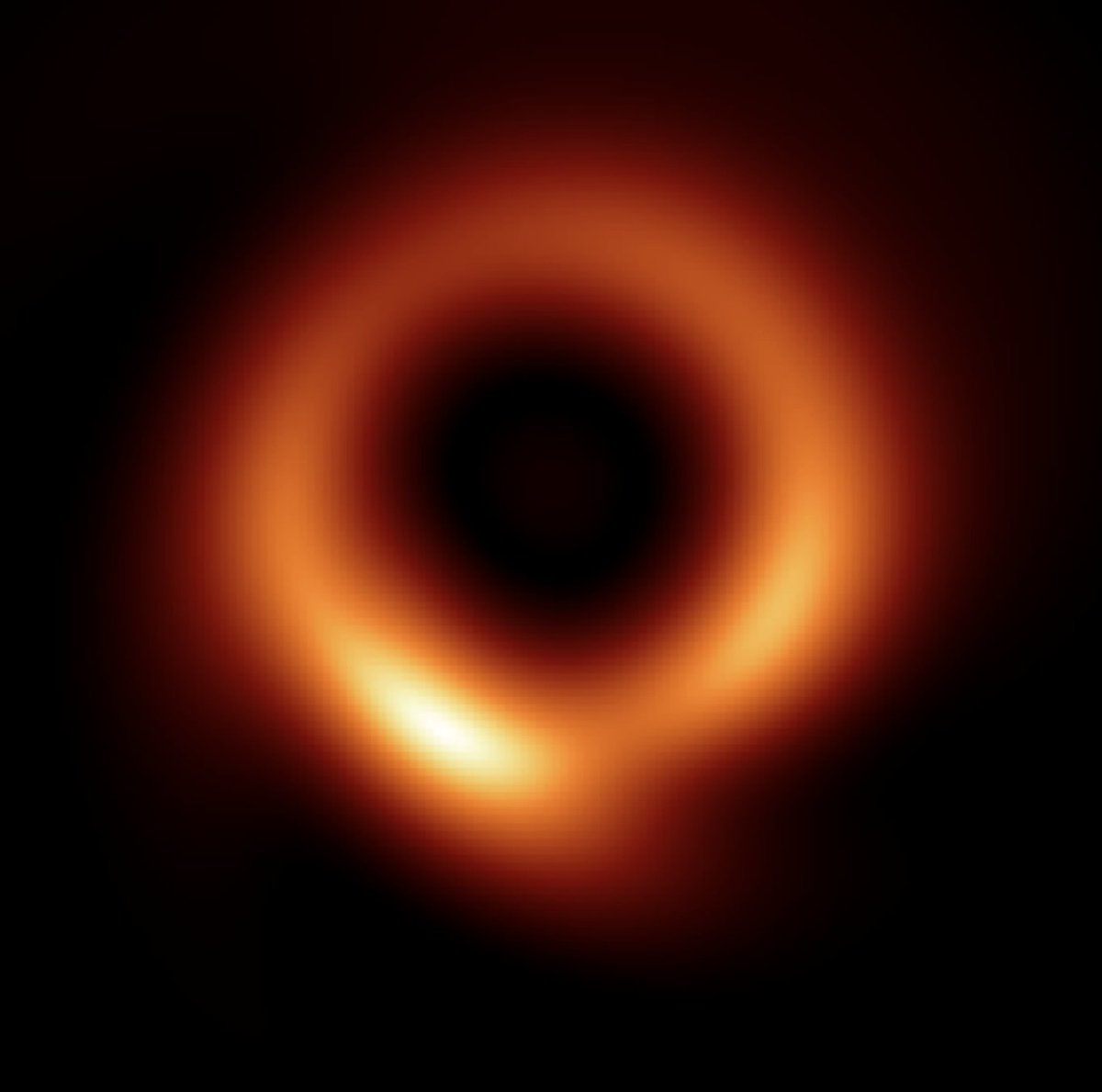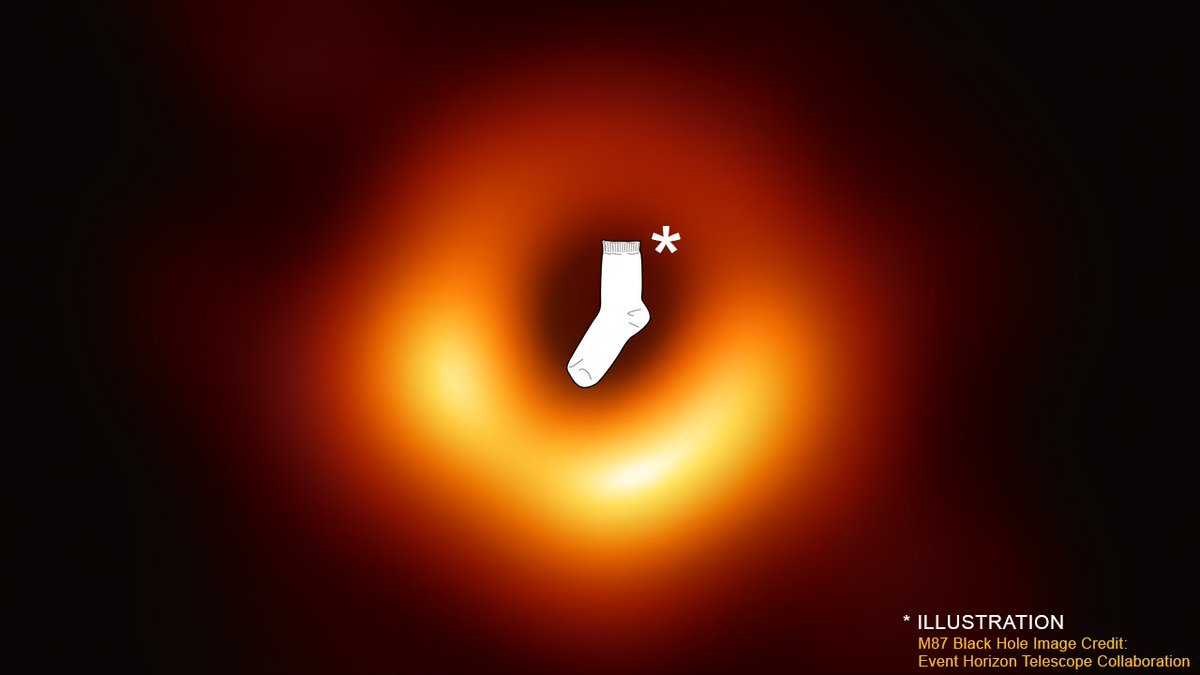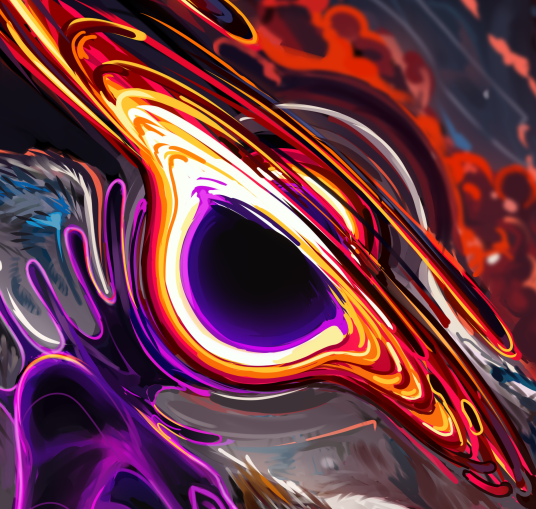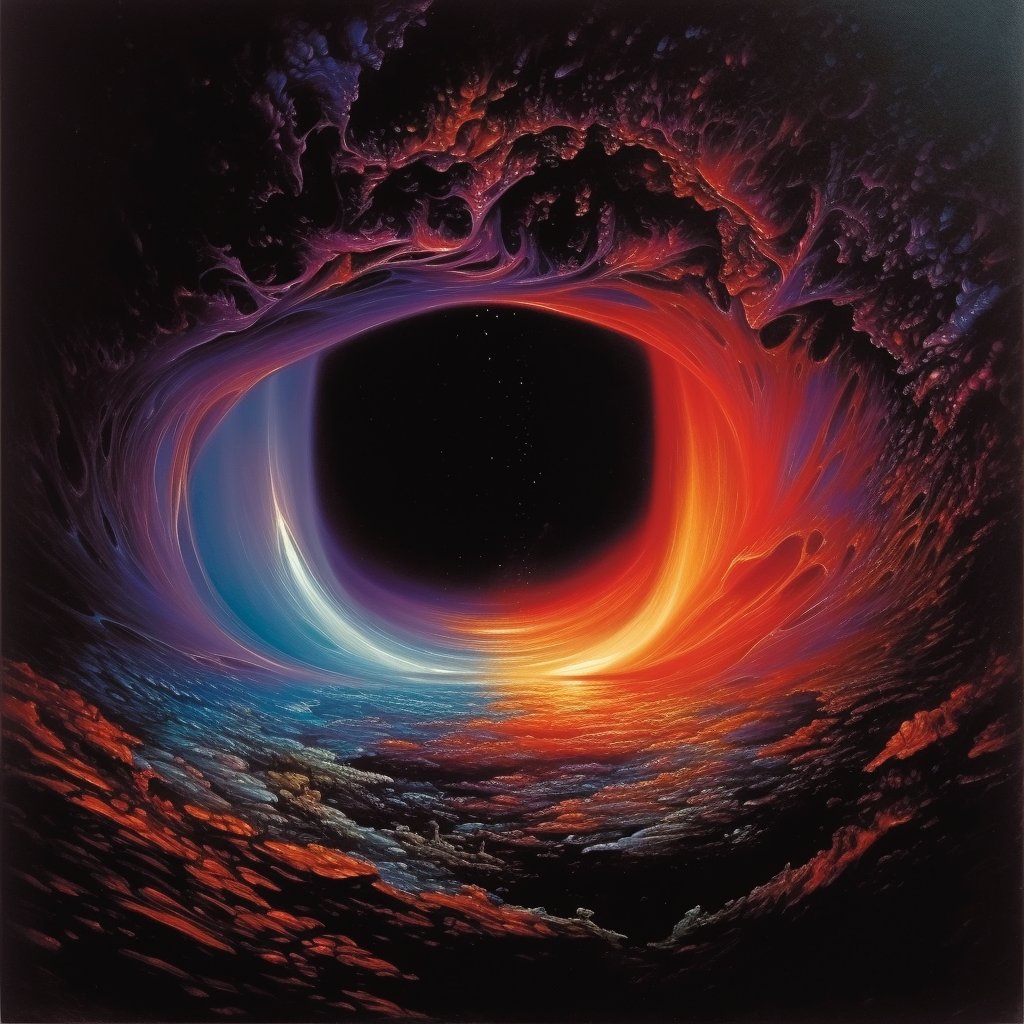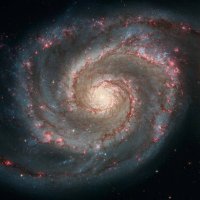
It’s #BlackHoleWeek , a special week where we celebrate black holes! We could talk about black holes every day, but we still have to cover the rest of the universe. So this is their time to shine … figuratively, of course, because black holes don’t emit light themselves.

Fire-breathing dragons, monsters of the universe, pocket-size powerhouses – black holes beggar the imagination & attempts to study them.
On #BlackHoleWeek , National Science Foundation recommits to research that can open a wider window to the cosmos.
bit.ly/3NICB5J
📷: D. Dayag CC-BY-SA-4.0
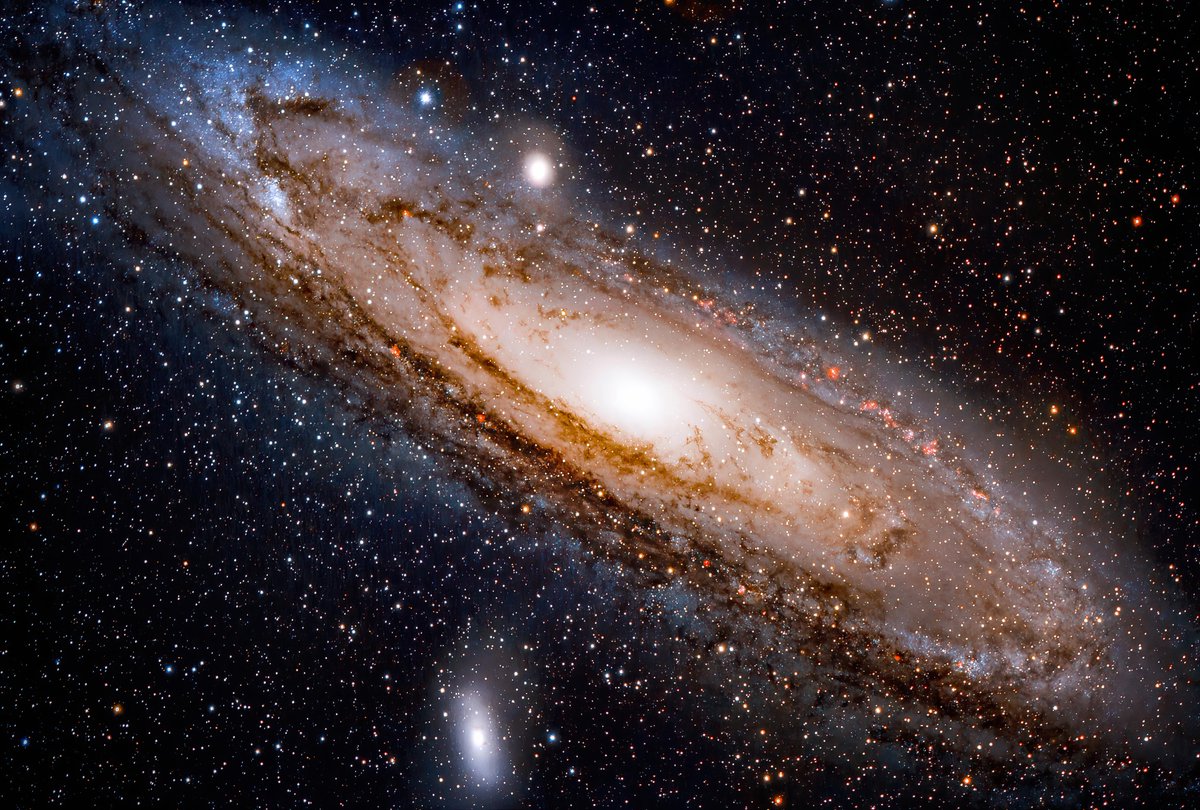

One of the most common FAQs we get at the #EventHorizonTelescope — How can you see a black hole if it's black? 🧐 This animation shows how our M87 black hole image is formed from light rays bent by the black hole’s immense gravity! #BlackHoleWeek 〰️〰️

Science is a process of questions and answers, and astronomers always want to know more about black holes! With our telescopes pointed at them, black holes regularly make headlines. Follow this thread to catch up on some recent black hole news. #BlackHoleWeek 1/7

It’s #BlackHoleWeek ! Although there are no black holes within our solar system, supermassive black holes lurk in the centers of most big galaxies, including our very own thousands of light years away.
Here’s 10 of the biggest black holes in the universe: go.nasa.gov/41ZfJ6g
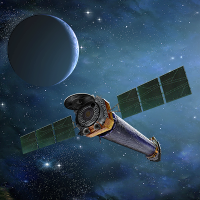
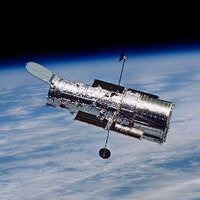
Welcome to #BlackHoleWeek !
To celebrate, Hubble has new images to share featuring active galactic nuclei, or AGNs. Some galaxies contain AGNs, which are extremely bright central regions that host a supermassive black hole!
First up, feast your eyes on NGC 3489 ⬇️
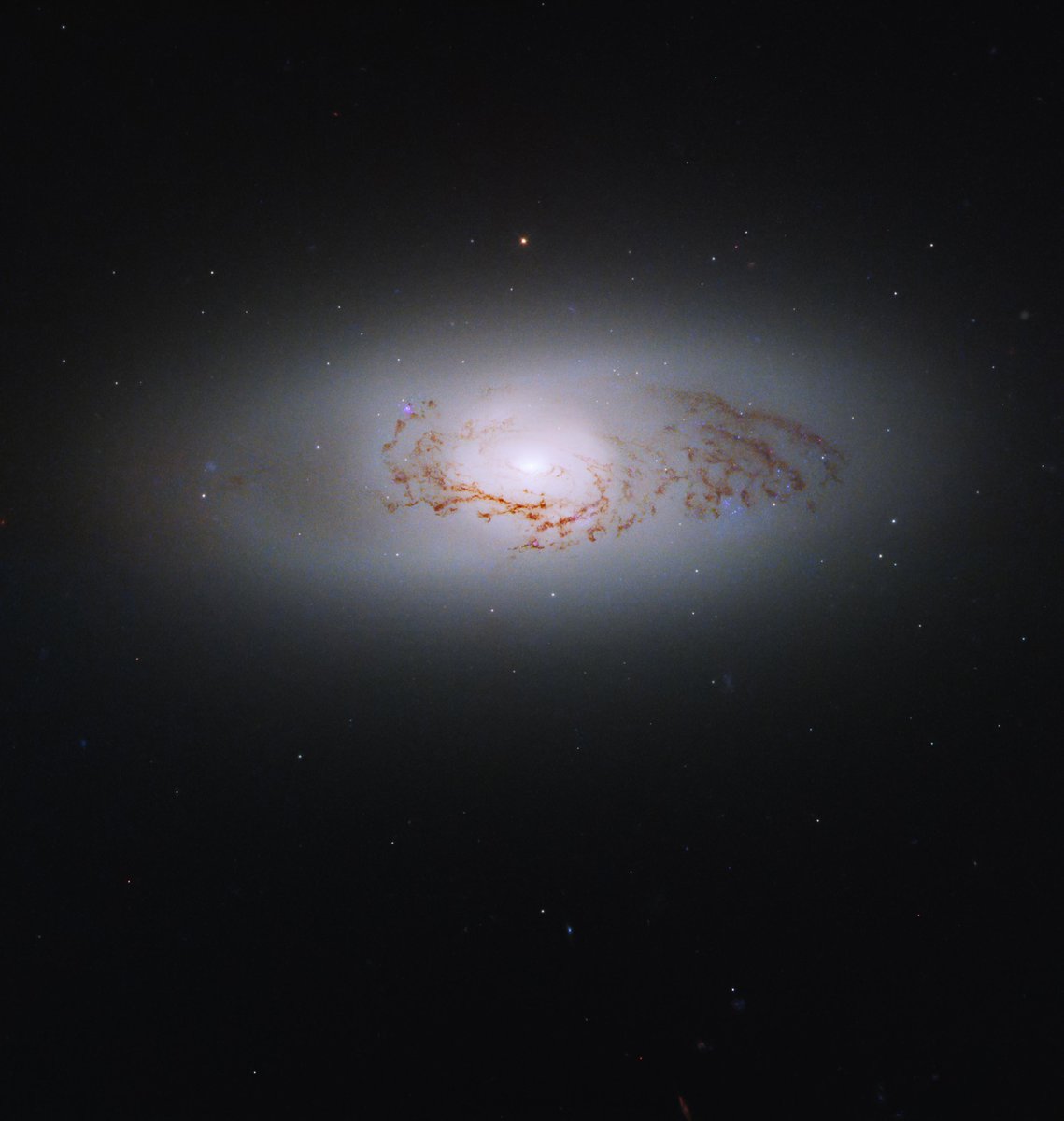


Next up for #BlackHoleWeek , meet NGC 4395!
About 14 million light-years away, this spiral galaxy contains an active galactic nucleus (AGN) powered by a supermassive black hole.
Find out more about this new Hubble view: go.nasa.gov/3Nzydpw
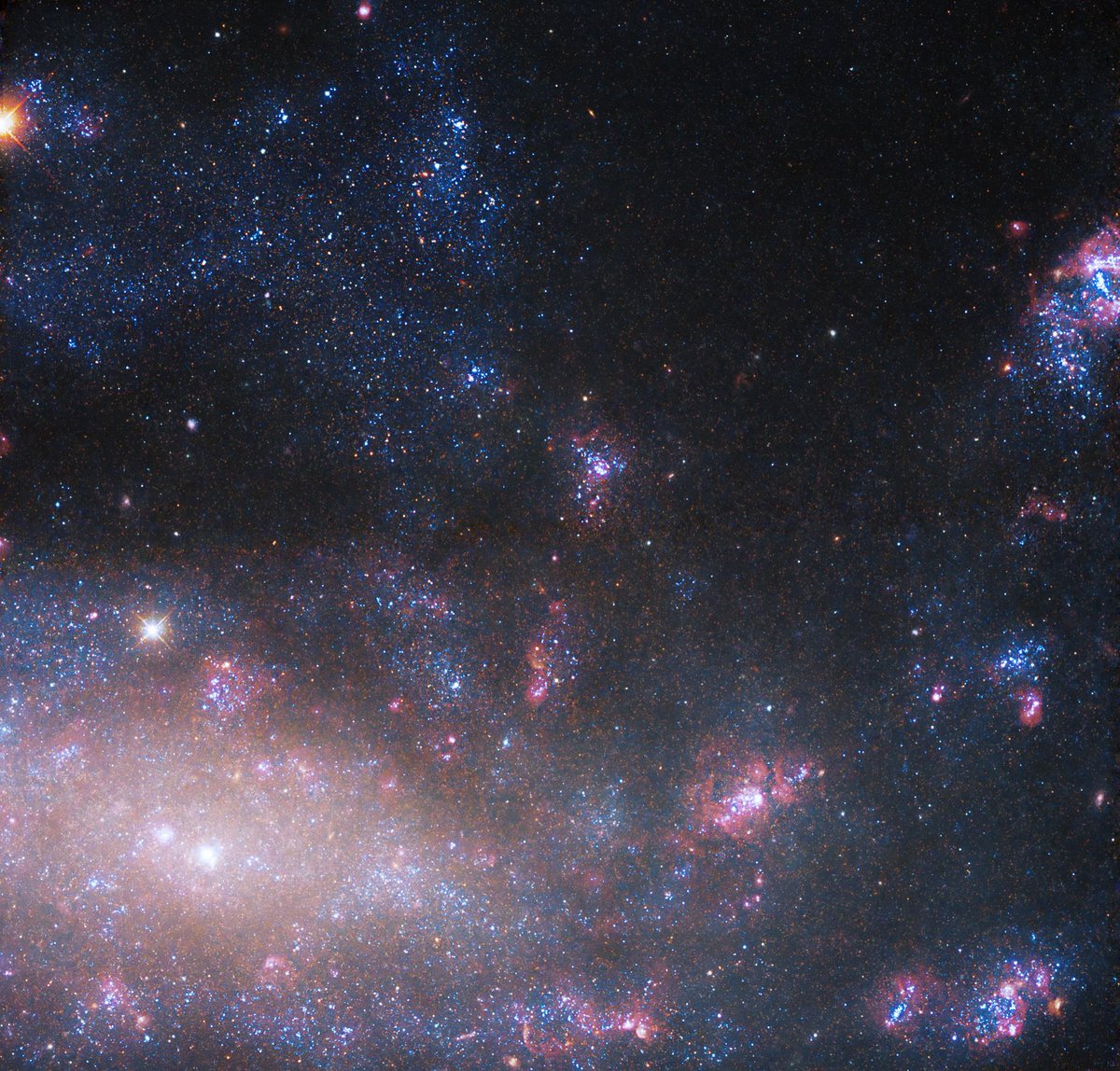

When we say “supermassive black holes,” just how do they measure up?
Using their shadows for size, we’ve rounded up 10 black holes and compared them to objects in our solar system. Don’t worry – these black holes are many light-years away: go.nasa.gov/3HIcDeW #BlackHoleWeek
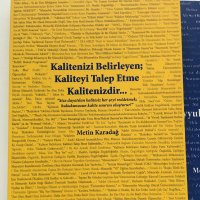
NASA Universe
Samanyolu'nun merkezindeki Sagittarius A* Karadeliği, Güneşimizin yaklaşık 4 milyon katı kütleye sahiptir, ancak diğer bazı galaksilerde bulunan Karadeliklerle karşılaştırıldığında nispeten küçüktür.
universe.nasa.gov/black-holes/ty…
#otp_supermassive #BlackHoleWeek
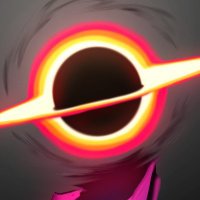


Hey teachers…next week is #BlackHoleWeek & NASA has lots of resources to teach your kids about this complex space feature:
🔭spaceplace.nasa.gov/black-holes/en/
🔭universe.nasa.gov/black-hole-wee…
🔭jpl.nasa.gov/edu/events/202…
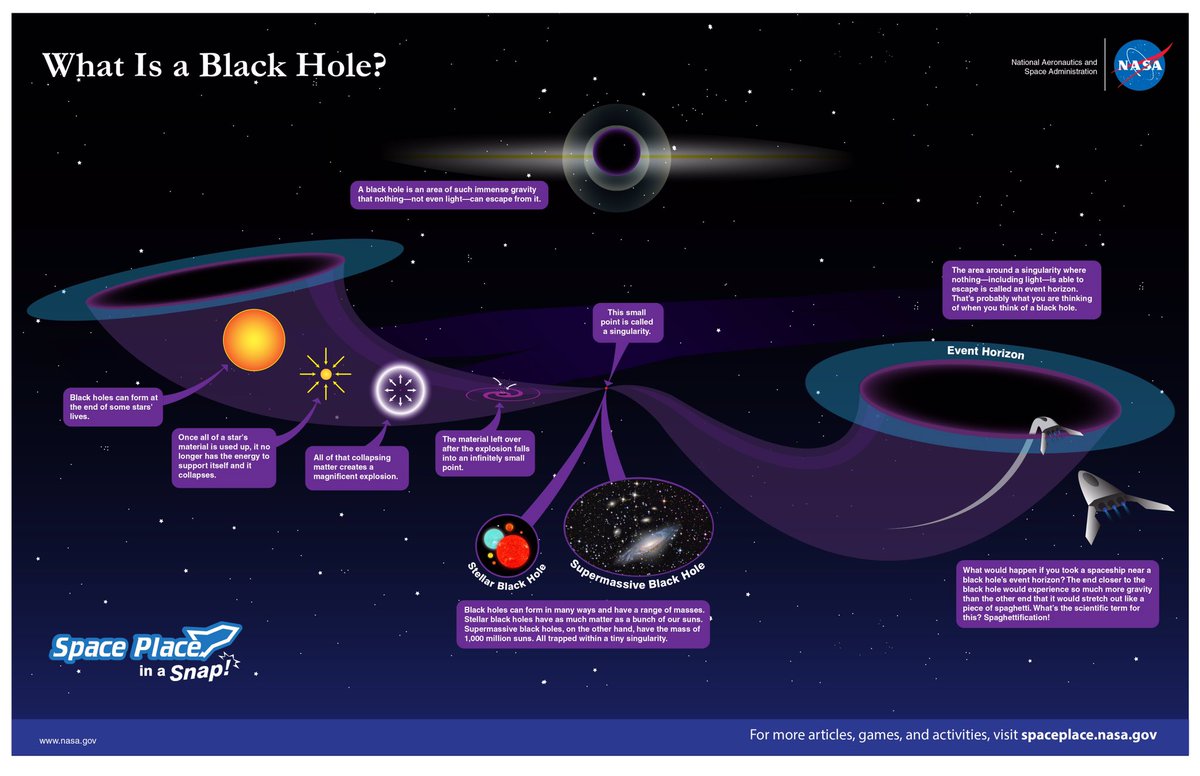

Curious about supermassive black holes? The black hole at the center of the Milky Way, Sagittarius A*, has about 4 million times the mass of our Sun, but it’s relatively small compared to black holes found in some other galaxies. Learn more: universe.nasa.gov/black-holes/ty… #BlackHoleWeek


To wrap up #BlackHoleWeek , here’s a parting gift – a new Hubble image of the galaxy NGC 5283!
Matter falling into a supermassive black hole creates the bright glow at the galaxy’s heart.
Learn more: go.nasa.gov/44y4C5N


what does #thevoice say? #BlackHole Week listen up! aren't you listening?
#BlackHole ses yok mu? kara delikten ses gelmiyor muymuş ???

Interacting galaxies, known as AM 1214-255, shine bright in this new view from Hubble!
Both galaxies contain active galactic nuclei, which are luminous central regions that host a black hole. Learn more for #BlackHoleWeek : go.nasa.gov/3VoUSa9
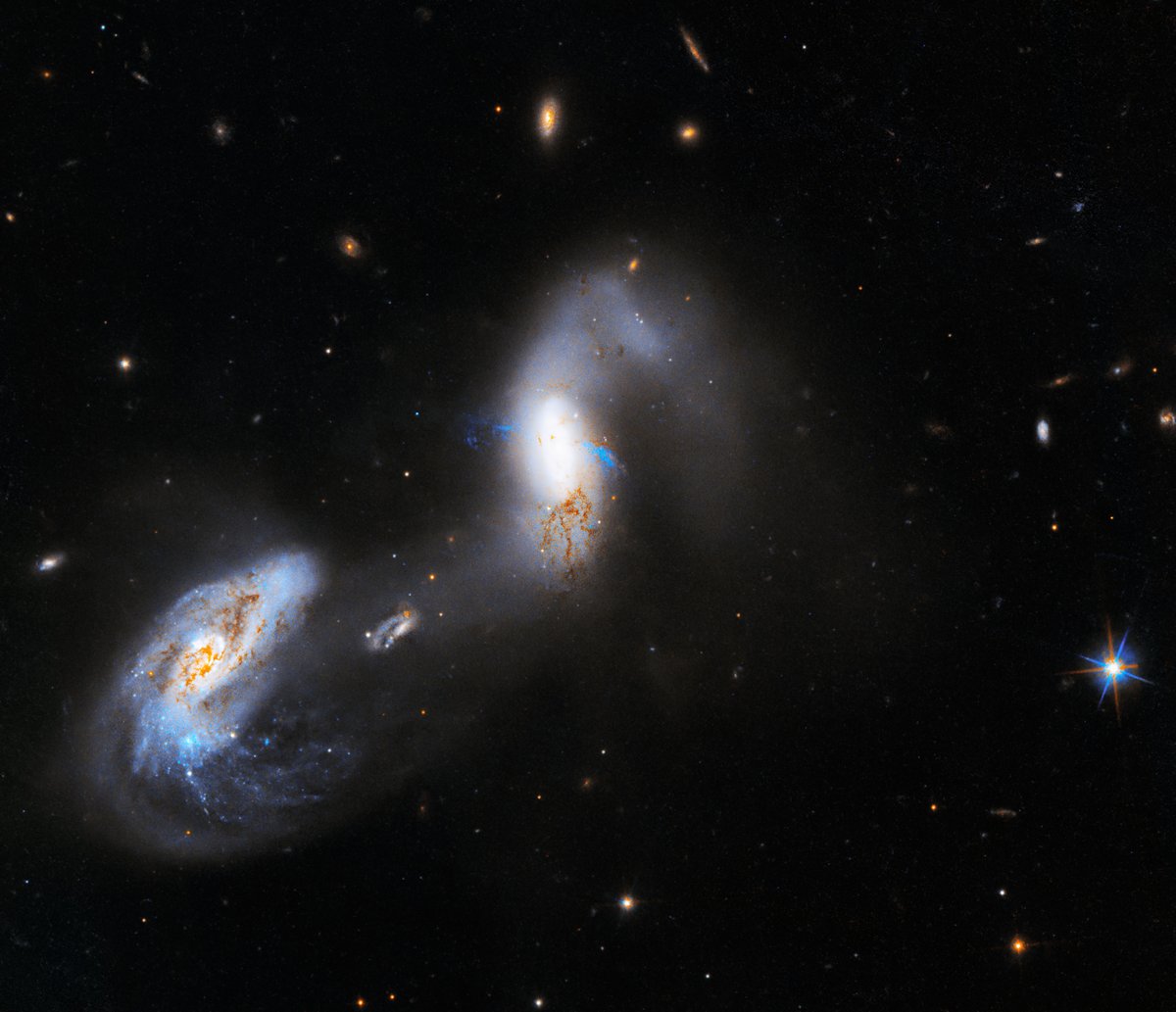

A new habitat is prepped for volunteers to test living in Mars-like conditions for a year, NASA Webb Telescope detects signs of water vapor on a distant planet, and we celebrate #BlackHoleWeek —that’s what’s up This Week at NASA.
Wrap up the celebration with us: go.nasa.gov/44B3u1j

Rovelli called the image “a glimpse of reality, a little less blurred than our blurred and banal everyday view of it.”
#blackhole #blackhole week #rovelli #news
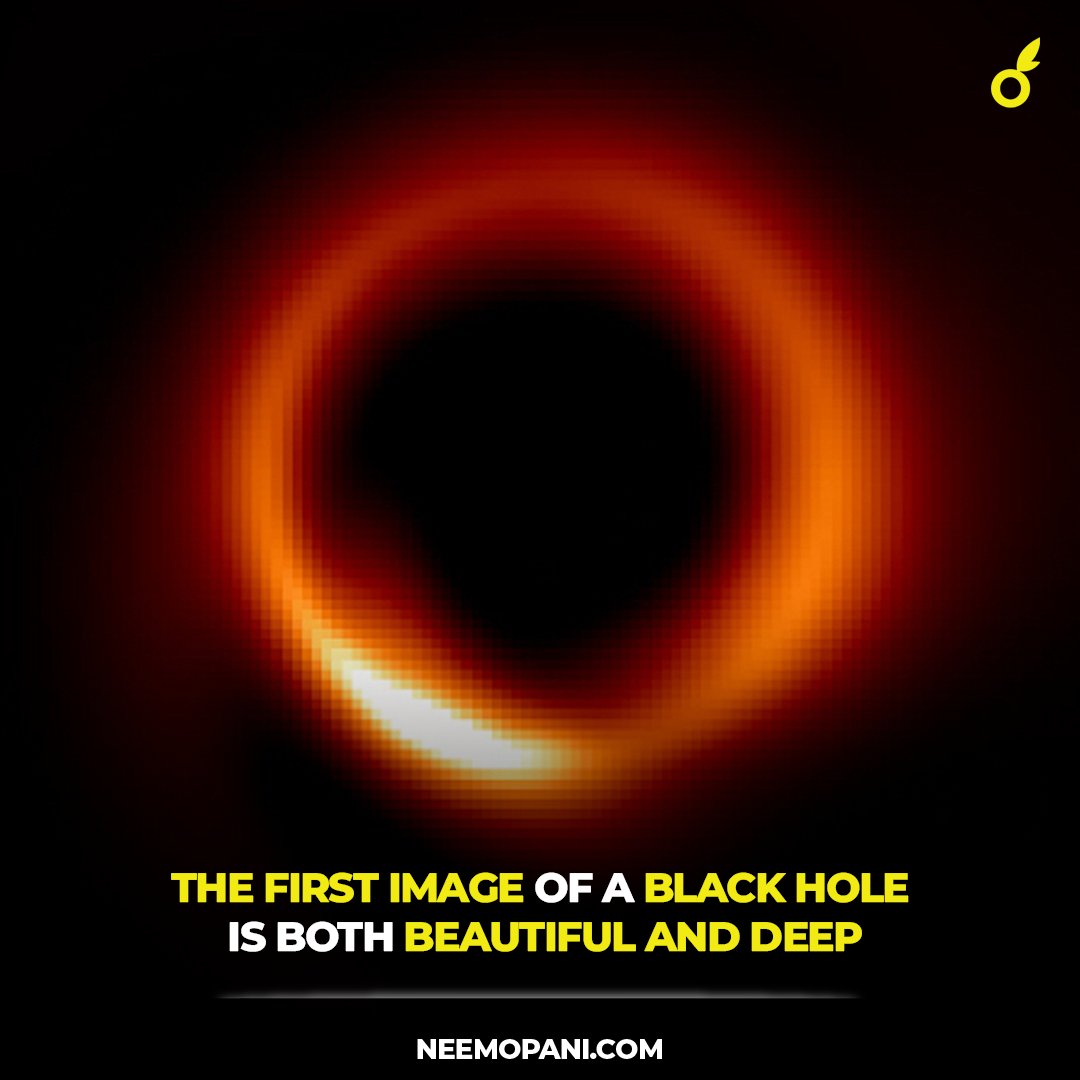

One last #BlackHoleWeek post: my 'vangoghian' (I guess? 😅) editing of radio data from the Milky Way center captured by MeerKAT. I used different colours to map the so-called spectral index –– a sort of 'radio colour' that tells us about the mechanisms behind that radio emission.
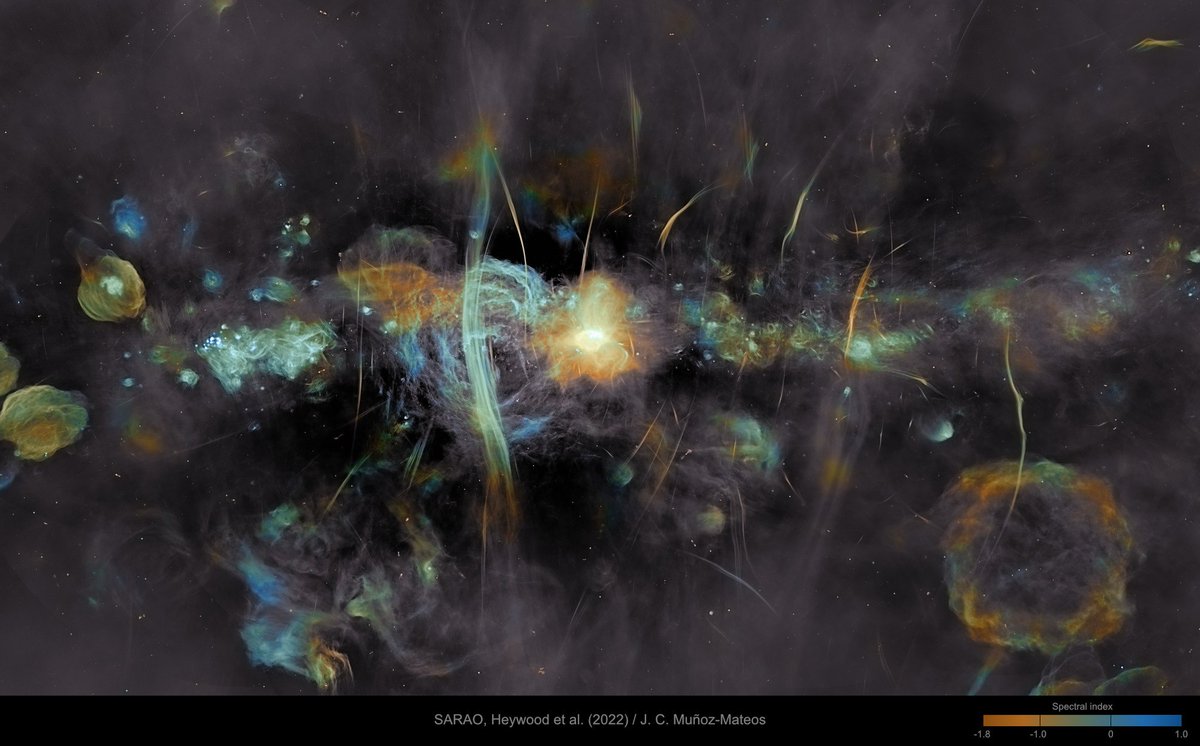




We recently discovered a runaway supermassive black hole that was ejected from its host galaxy?! #BlackHoleWeek
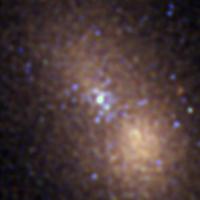
This is the PRIMO reconstruction of EHT observations of the M87 black hole. The development of PRIMO was led by Lia Medeiros (IAS). I'm 1/4 of the PRIMO team. Since we released this image there has been some confusion about what we did. #BlackHoleWeek
